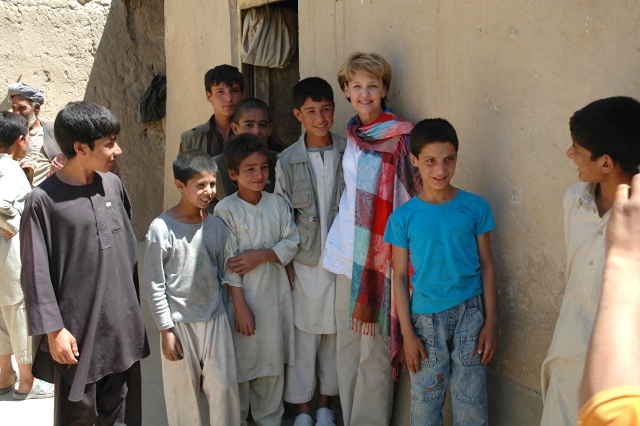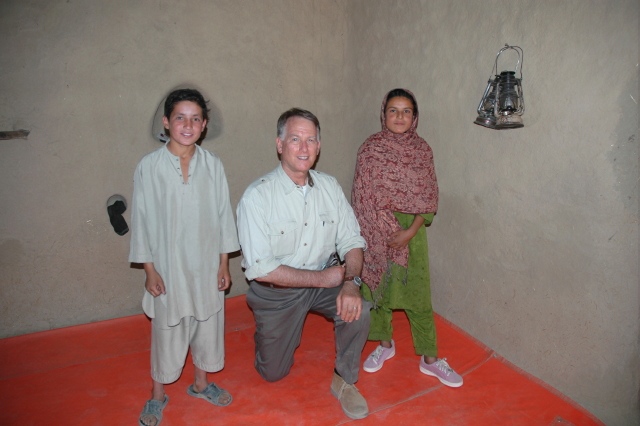I have watched Shakespeare in Love maybe a half-dozen times; one of my all-time favorites. Several times in the movie a form of the following conversation takes place, each time precipitated by a seeming crisis with no obvious resolution:
"But what shall we do?"
"Don't worry; it will work out."
"But how?"
"I don't know—it's a mystery."
Life is surely a mystery in many ways, not least in the area of love. I have watched two movies recently that are filled with the playing out of that mystery: people hurt by the failure of previous love; people afraid to take a chance on new love; people burdened by regrets over a failure to be more loving; people finding freedom to love through forgiveness . . . . And both movies are the playing out of a mystery. Not a who-done-it mystery, but the mystery of exploration, of discovery, of new-found freedom, and how things sometimes work out in unexpected ways; mysterious ways. What seems like a mystery to us is not a mystery to God, of course. We see only the frontside of the tapestry. The backside—where the threads are connected and interwoven—faces only towards heaven. But knowing there is a backside to the tapestry is what pushes us forward into the mystery, anxious to see what we might discover.
Twenty or thirty years ago I would have thought these two movies were a bit cheesy; maybe a lot cheesy. But today, I see them differently. In fact, I really like them. I saw them first on the Hallmark Channel, which tells you they are feel-good movies; stories with a moral. But what's not to like? The main characters are likable, the relationships are based on respect, and the crises that develop are handled responsibly. Imagine that!

But I mostly like them because they are about mature people in the 50-60+ age range. I've been surprised to discover how much I like movies (especially romantic comedies and dramas) about people my age (like Somethings Gotta Give and the upcoming It's Complicated—both of which are a bit silly while touching serious themes). I feel entirely different about love at 61 than I did at 31—not better (maybe a little wiser), just different—and I am moved by the stories of characters who have experienced what I have experienced. And I'm especially moved by movies like the two I've recently watched that have positive, loving outcomes. It's those movies, though they are fiction, that reveal a bit of the tangle on the backside of the tapestry, but end with the frontside in full view.
Because I've never read any of the deluge of dramatic or romantic fiction written by contemporary Christian authors, I didn't know these two movies were based on characters developed by Christian fiction writer Angela Hunt. (In a DVD special feature on one of the movies, an interview shows her to be "my age," clothed and in her right mind—a relief for some of us who cringe at what is sometimes produced under the "Christian" umbrella.)

The two movies are a continuing story. Part 1, first shown in 2007, was apparently so successful that the stories of the main characters were continued in a sequel. The first is titled The Note, the second being The Note II—Taking a Chance on Love. They could easily fall into the "date movie" or "chick flick" category because they are romantic dramas. Also to their discredit, the main characters are strikingly attractive, amazingly talented, and live in polished, warm (not lavish) homes. (Like I said, they're fiction. But what's wrong with idealism?) And there are more than a few places where movie critics could complain.
But I like them nonetheless simply because of their message: Love is always there to be experienced; we ought never give up on the prospect of love; we ought never conclude that our past failures in love disqualify us from finding love again; forgiving oneself for failing in love removes the greatest obstacle to receiving love—the feeling of unworthiness.
So, stick these two in your Netflix queue and watch them both on a weekend. They're another good example of, "I don't know—it's a mystery."
(P.S. There are a couple ecumenical references to God that are part of the background, not the story; otherwise, they have been sufficiently sanitized for a secular audience to watch and not feel like they are being preached to. Also, since I'm often late to the party, my apologies for the long review if you and the whole world have already seen these two movies.)








